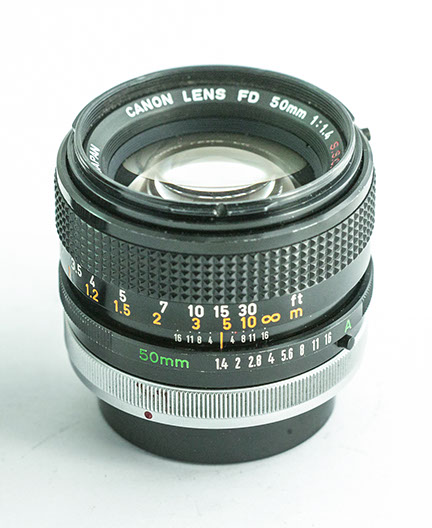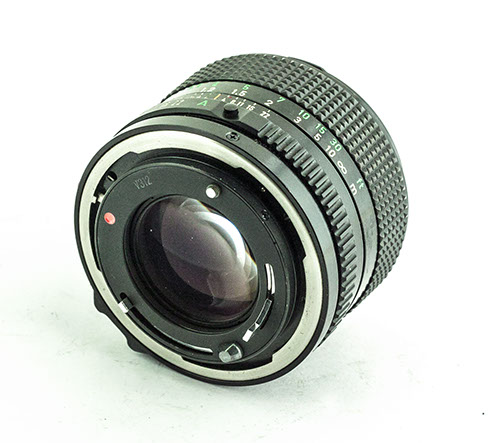Canon 50 m f/1.4 in New FD Mount, originally came with New AE-1, and A-1 cameras
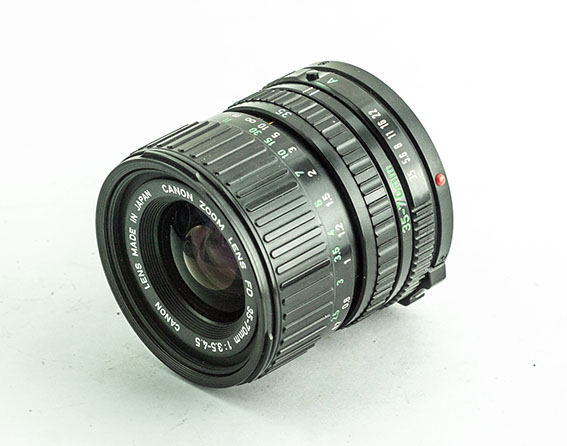
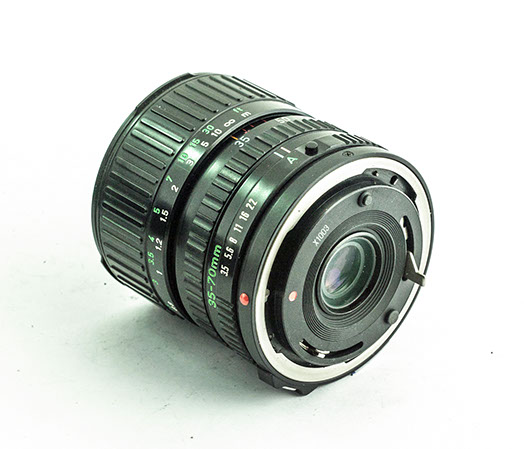
Canon Lens 35-70 f/3.5 in New FD Mount, originally designed for T series cameras, like T50, T70, T80, and T90 cameras
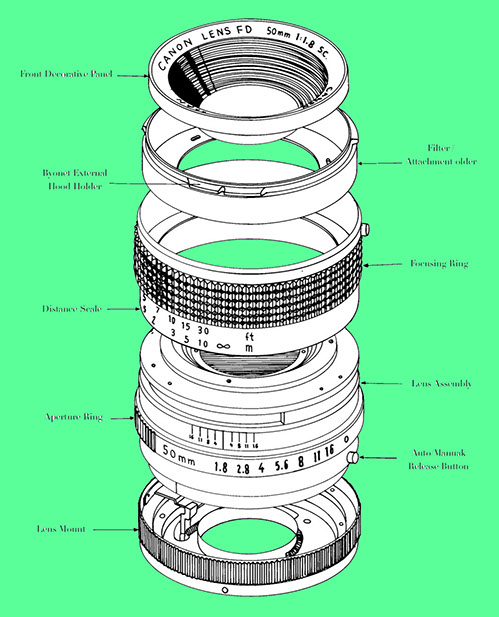
Canon FD 50 mm f/1.8 disassembly drawing by Ali Afshari, from the book: "Restoring the SLR".

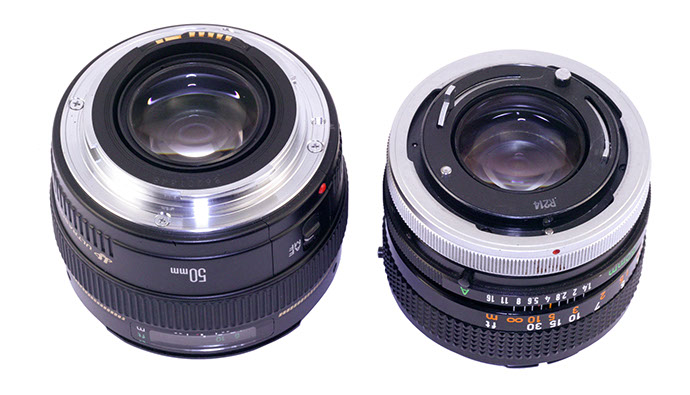
Canon got rid of all the mechanical links in their New EF mount (left) from older generation FD mount (above). It would take new schooling to repair modern lenses because so much electronics has been embedded inside the lens mechanics that make it impossible not to tear a flex board during disassembly. New Fuji lenses are a nightmare of tiny wires between the rear lens contacts, and its inner lens encoders, and sensors.
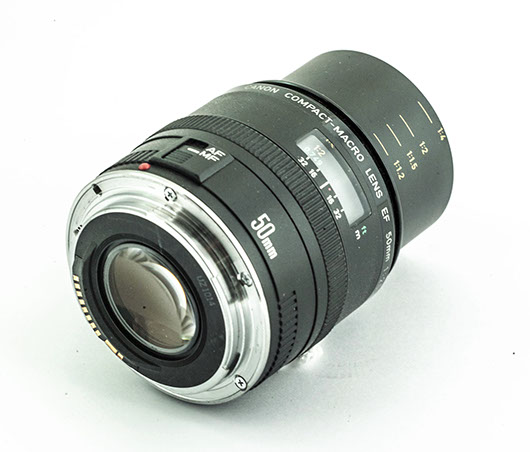
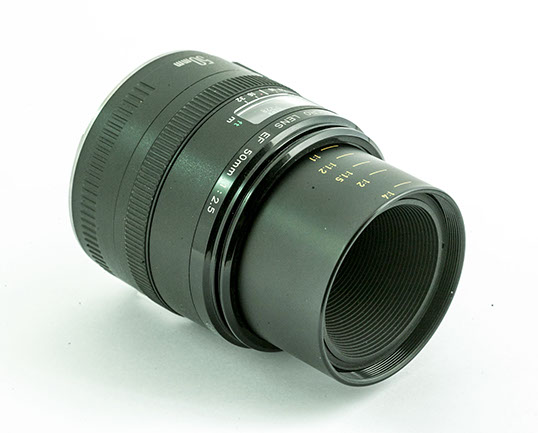
Canon 50 mm f/2.5 Macro lens in EF Mount with electronic contacts to tell distance, aperture, and to the camera, and to drive the lens focusing motor inside the lens.
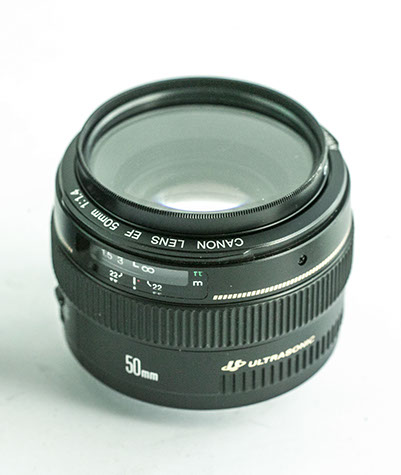
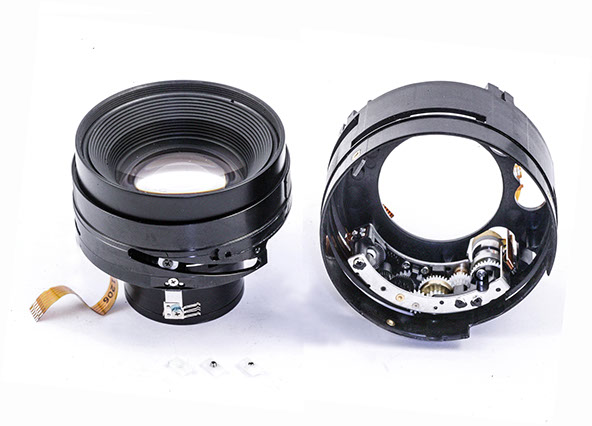
Canon 50 mm f/1.4 Autofocus lens in EF Mount (left), and its disassembly (above) shows the focus motor, and low cost/light weight Teflon guides instead of the traditional helical design.

Canon's EF-M (mirrorless) mount

